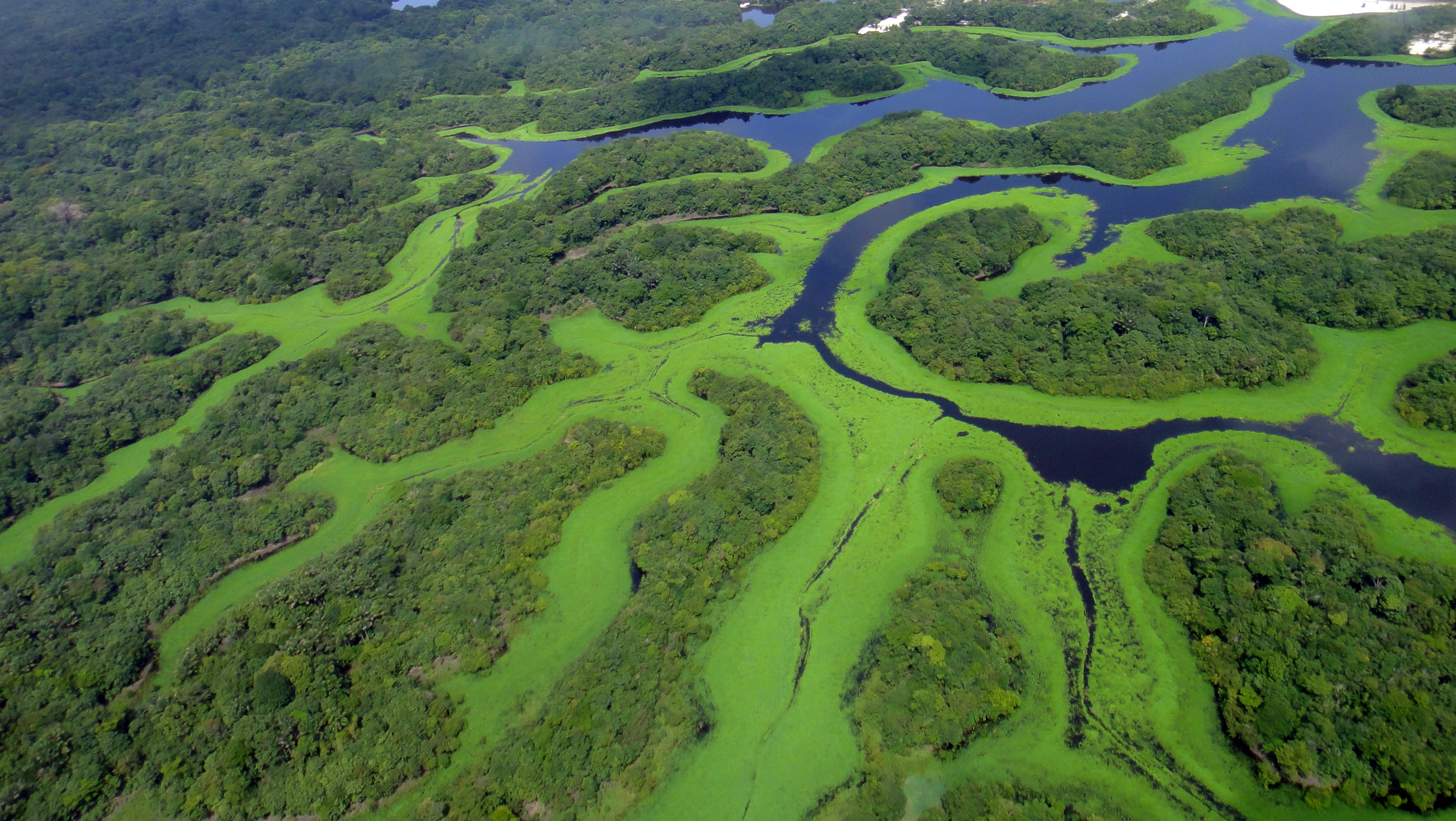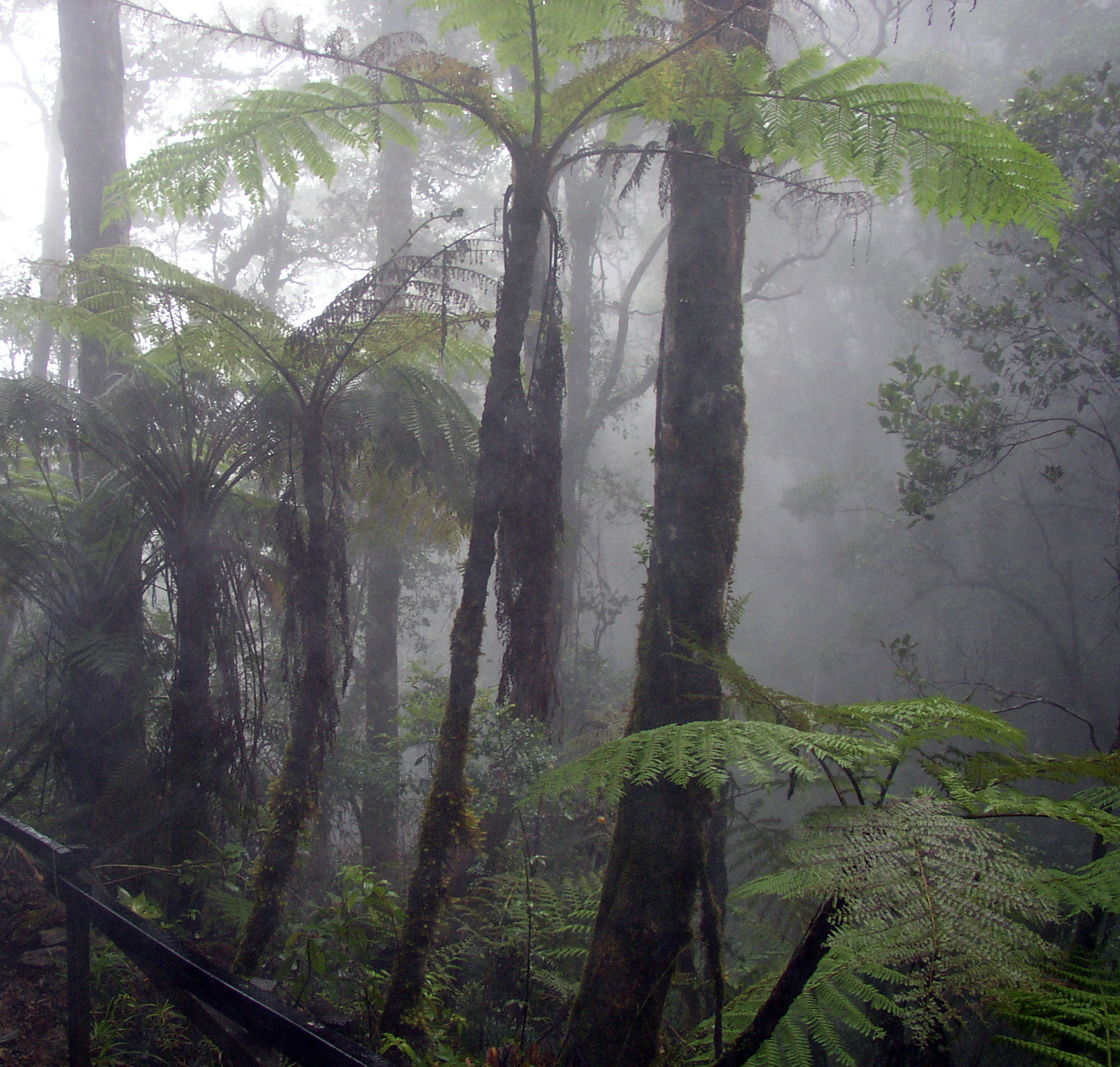|
Silves, Amazonas
Silves or Ilha de Silves is an island municipality in the state of Amazonas, northern Brazil. It is located 10 km straight line north or about 40 km by water from the Amazon River, east of Manaus (almost halfway between that city and the Amazonas-Pará state border). Its population was 9,230 (2020) and its area is .IBGE The Brazilian Institute of Geography and Statistics (; IBGE) is the agency responsible for official collection of statistical, geographic, cartographic, geodetic and environmental information in Brazil. IBGE performs a decennial national cen ... /ref> History Silves is one of the oldest municipalities in the state of Amazonas. It was established in 1660 (some sources say 1663) as a Jesuit Indian mission, the ''aldea'' of Santa Cruz. It was abandoned a year later when Jesuits were evicted from the area for failure to cooperate with Portuguese slave raiders. In 1685, it was reestablished by Mercedarian Theodozio da Viega at the same site and ... [...More Info...] [...Related Items...] OR: [Wikipedia] [Google] [Baidu] |
List Of Municipalities In Amazonas
This is a list of the municipalities in the federative units of Brazil, state of Amazonas (Brazilian state), Amazonas (AM), located in the North Region, Brazil, North Region of Brazil. Amazonas is divided into 62 municipalities of Brazil, municipalities. Municipalities See also * Geography of Brazil * List of cities in Brazil by population References {{Municipalities of Brazil Municipalities in Amazonas (Brazilian state), * Lists of municipalities in Brazil, Amazonas ... [...More Info...] [...Related Items...] OR: [Wikipedia] [Google] [Baidu] |
Northern Brazil
The North Region of Brazil ( ) is the largest region of Brazil, accounting for 45.27% of the national territory. It has the second-lowest population of any region in the country, and accounts for a minor percentage of the national GDP. The region is slightly larger than India and slightly smaller than the whole European Union. It comprises the states of Acre, Amapá, Amazonas, Pará, Rondônia, Roraima, and Tocantins. It has the lowest population density out of all the regions of Brazil, with only 4.5 inhabitants per km2. Most of the population is centered in urban areas. Belém International Airport and Manaus International Airport connect the North Region with many Brazilian cities and also operate some international flights. The region is home to the Federal University of Amazonas and the Federal University of Pará, among others. History The first inhabitants of the North Region, as in the rest of Brazil, were the Native Brazilians, who shared a diverse number of trib ... [...More Info...] [...Related Items...] OR: [Wikipedia] [Google] [Baidu] |
Silves, Portugal
Silves (), officially the City of Silves (), is a city and municipality in the Portuguese region of Algarve, in southern Portugal. The population of the entire municipality of Silves in 2011 was 37,126, in an area of 680.06 km2. The urbanized area of the city proper has approximately 11,000 inhabitants. Silves is the former capital of the Kingdom of the Algarve (1249–1910), a nominal kingdom within the Kingdom of Portugal (1139–1910), and is of great historical importance. History The region of Silves has been inhabited since the Palaeolithic, as attested by archaeological remains, including several menhirs. The river Arade, which was navigable in historical times, linked the hinterland to the open ocean and allowed the transport of produce and commerce. The town of Silves (''Cilpes'') was possibly founded during the times of Roman domination, when the region was part of the Lusitania province. It was probably a Lusitanian Castro in pre-Roman times; however the r ... [...More Info...] [...Related Items...] OR: [Wikipedia] [Google] [Baidu] |
Mercedarian
The Royal, Celestial and Military Order of Our Lady of Mercy and the Redemption of the Captives (, abbreviated O. de M.), also known as the Mercedarians, is a Catholic mendicant order established in 1218 by Peter Nolasco in the city of Barcelona, at that time the capital of the Principality of Catalonia, part of the Crown of Aragon, for the redemption of Christian captives. Its members are most commonly known as Mercedarian friars or nuns. One of the distinguishing marks of the Order of the Blessed Virgin Mary of Mercy is that, since its foundation, its members are required to take a fourth vow: to die, if necessary, for another who is in danger of losing their faith. The Order exists today in 17 countries. General background Between the eighth and the fifteenth centuries, medieval Europe was in a state of intermittent warfare between the Christian kingdoms of southern Europe and the Muslim polities of North Africa, Southern France, Sicily and Moorish portions of Spain. Acco ... [...More Info...] [...Related Items...] OR: [Wikipedia] [Google] [Baidu] |
Brazilian Institute Of Geography And Statistics
The Brazilian Institute of Geography and Statistics (; IBGE) is the agency responsible for official collection of statistical, geographic, cartographic, geodetic and environmental information in Brazil. IBGE performs a decennial national census; questionnaires account for information such as age, household income, literacy, education, occupation and hygiene levels. IBGE is a public institute created in 1936 under the name ''National Institute of Statistics''. Its founder and chief proponent was statistician Mário Augusto Teixeira de Freitas. The current name dates from 1938. Its headquarters are located in Rio de Janeiro, and its current president is Marcio Pochmann, replacing Eduardo Rios Neto. It was made a federal agency by Decree-Law No. 161 on February 13, 1967, and is linked to the Ministry of the Economy, inside the Secretariat of Planning, Budget and Management. Structure IBGE has a network of national research and dissemination components, comprising: * 27 ... [...More Info...] [...Related Items...] OR: [Wikipedia] [Google] [Baidu] |
Pará
Pará () is a Federative units of Brazil, state of Brazil, located in northern Brazil and traversed by the lower Amazon River. It borders the Brazilian states of Amapá, Maranhão, Tocantins (state), Tocantins, Mato Grosso, Amazonas (Brazilian state), Amazonas and Roraima. To the northwest are the borders of Guyana and Suriname, to the northeast of Pará is the Atlantic Ocean. The capital and largest city is Belém, which is located at the Marajó bay, near the estuary of the Amazon river. The state, which is home to 4.1% of the Brazilian population, is responsible for just 2.2% of the Brazilian GDP. Pará is the most populous state of the North Region, Brazil, North Region, with a population of over 8.6 million, being the ninth-most populous state in Brazil. It is the second-largest state of Brazil in area, at , second only to Amazonas (Brazilian state), Amazonas upriver. Its most famous icons are the Amazon River and the Amazon rainforest. Pará produces Natural rubber, rubber ( ... [...More Info...] [...Related Items...] OR: [Wikipedia] [Google] [Baidu] |
Manaus
Manaus () is the List of capitals of subdivisions of Brazil, capital and largest city of the States of Brazil, Brazilian state of Amazonas (Brazilian state), Amazonas. It is the List of largest cities in Brazil, seventh-largest city in Brazil, with an estimated 2022 population of 2,063,689 distributed over a land area of about . Located at the east centre of the state, the city is the centre of the Greater Manaus, Manaus metropolitan area and the largest metropolitan area in the North Region, Brazil, North Region of Brazil by urban landmass. It is situated near Meeting of Waters, the confluence of the Rio Negro (Amazon), Negro and Amazon River, Amazon rivers. It is one of the two cities in the Amazon rainforest with a population of over 1 million people, alongside Belém. The city was founded in 1669 as the Fort of São José do Rio Negro. It was elevated to a town in 1832 with the name of "Manaus", an altered spelling of the indigenous Manaós peoples, and legally transformed in ... [...More Info...] [...Related Items...] OR: [Wikipedia] [Google] [Baidu] |
Municipalities Of Brazil
The municipalities of Brazil () are administrative divisions of the states of Brazil, Brazilian states. Brazil currently has 5,571 municipalities, which, given the 2019 population estimate of 210,147,125, makes an average municipality population of 37,728 inhabitants. The average state in Brazil has 214 municipalities. Roraima is the least subdivided state, with 15 municipalities, while Minas Gerais is the most, with 853. Northern states are divided into small numbers of large municipalities (e.g. Amazonas (Brazilian state), Amazonas is divided into only 62 municipalities), and therefore they cover large areas incorporating several separated towns or villages that do not necessarily conform to one single conurbation. Southern and eastern states on the other hand, are divided into many small municipalities (e.g. Minas Gerais), and therefore large urban areas usually extend over several municipalities which form one single conurbation. The Federal District (Brazil), Federal Distr ... [...More Info...] [...Related Items...] OR: [Wikipedia] [Google] [Baidu] |
List Of Sovereign States
The following is a list providing an overview of sovereign states around the world with information on their status and recognition of their sovereignty. The 205 listed states can be divided into three categories based on membership within the United Nations System: 193 member states of the United Nations, UN member states, two United Nations General Assembly observers#Current non-member observers, UN General Assembly non-member observer states, and ten other states. The ''sovereignty dispute'' column indicates states having undisputed sovereignty (188 states, of which there are 187 UN member states and one UN General Assembly non-member observer state), states having disputed sovereignty (15 states, of which there are six UN member states, one UN General Assembly non-member observer state, and eight de facto states), and states having a political status of the Cook Islands and Niue, special political status (two states, both in associated state, free association with New ... [...More Info...] [...Related Items...] OR: [Wikipedia] [Google] [Baidu] |
Tropical Rainforest Climate
A tropical rainforest climate or equatorial climate is a tropical climate sub-type usually found within 10 to 15 degrees latitude of the equator. There are some other areas at higher latitudes, such as the coast of southeast Florida, United States, and Okinawa, Japan that fall into the tropical rainforest climate category. They experience high mean annual temperatures, small temperature ranges, and rain that falls throughout the year. Regions with this climate are typically designated ''Af'' by the Köppen climate classification. A tropical rainforest climate is typically hot, very humid, and wet with no dry season. Description Tropical rainforests have a type of tropical climate (with an average temperature of at least in their coldest month) in which there is no dry season—all months have an average precipitation value of at least . There are no distinct wet or dry seasons as rainfall is high throughout the months. One day in a tropical rainforest climate can be very simil ... [...More Info...] [...Related Items...] OR: [Wikipedia] [Google] [Baidu] |
Köppen Climate Classification
The Köppen climate classification divides Earth climates into five main climate groups, with each group being divided based on patterns of seasonal precipitation and temperature. The five main groups are ''A'' (tropical), ''B'' (arid), ''C'' (temperate), ''D'' (continental), and ''E'' (polar). Each group and subgroup is represented by a letter. All climates are assigned a main group (the first letter). All climates except for those in the ''E'' group are assigned a seasonal precipitation subgroup (the second letter). For example, ''Af'' indicates a tropical rainforest climate. The system assigns a temperature subgroup for all groups other than those in the ''A'' group, indicated by the third letter for climates in ''B'', ''C'', ''D'', and the second letter for climates in ''E''. Other examples include: ''Cfb'' indicating an oceanic climate with warm summers as indicated by the ending ''b.'', while ''Dwb'' indicates a semi-Monsoon continental climate, monsoonal continental climate ... [...More Info...] [...Related Items...] OR: [Wikipedia] [Google] [Baidu] |




